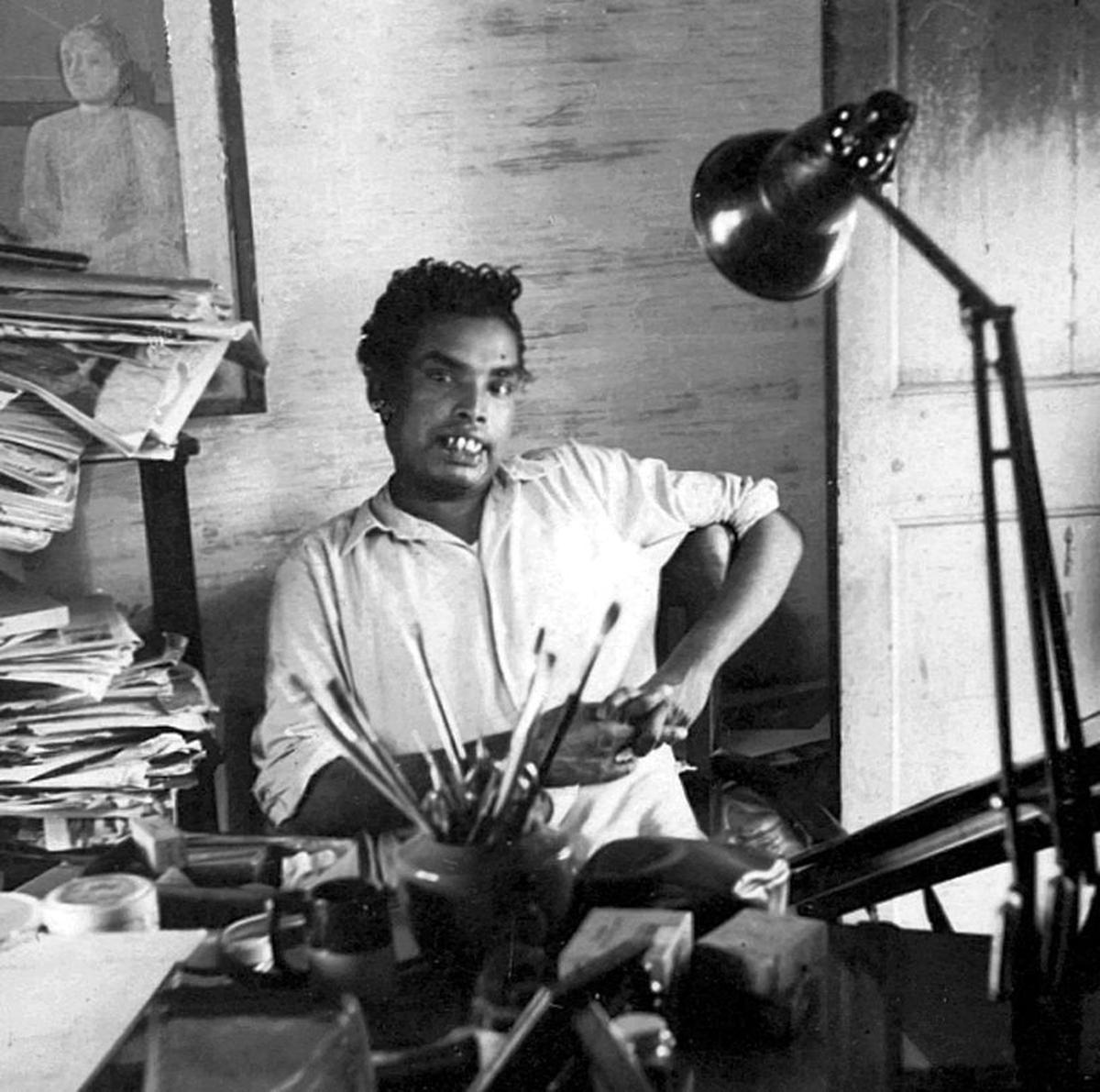The Chess Olympiad, now in full swing in Chennai, has kindled the imagination of people, who are coming up with dance items, music bytes, and pictures themed on the game. Amidst all this was the mention of a temple in Tamil Nadu, whose presiding deity had played chess with his consort. Prime Minister Narendra Modi’s reference to Sri Chaturanga Vallabhanatha temple in Kumbakonam in his speech while inaugurating the Olympiad took it to a different level. Soon a beautiful work of art depicting the celestial couple engaged with the board started doing the rounds on social media, linking it to the temple. While the association is not entirely wrong, the context is a bit different and has an interesting background.
First, about the painting. It is a work done by celebrated artist Maniam, who brought characters to life through his drawings that accompanied serials in the Tamil journals. More specifically, his name and drawings are inseparably linked to the novels of ‘Kalki’ Krishnamurthi. His pencil kept pace with Kalki’s pen in making Vandiyathevan, Nandini, Sivakami, Ayana Sirpi, and others immortal. The annual special editions of Tamil journals were never complete without Maniam’s drawings, themes often drawn from puranas and epics.
The painting now under discussion was published by the weekly Kalki nearly 60 years ago. The inspiration was a sculpture the artist had seen at Ellora. His passion for art took Maniam to several parts of the country, and the exquisite work on stone made an impact on him.
Maniam Selvan, the artist’s son, who is also well-known in the field, says, “This was a painting that father did for Kalki’s Deepavali special edition. It is based on ‘Ganga Lahiri,’ a verse by poet Jagannath Pandit.”

The legendary artist Maniam.
| Photo Credit: Maniam Selvam
The legend
In Gujarat, it is believed that Shiva and Parvathi played the checkered game of dice the night before Deepavali. Story goes that Devi is on a winning spree and the Lord loses everything he wagers, ornaments, weapons, etc. He gets ready to offer himself and a mysterious smile plays on Devi’s lips. Watching the proceedings, an irate Ganga gushes out of Shiva’s locks offering herself as the wager. Needless to say, it’s game over as the couple is satisfied with the little drama they enacted.
Maniam Selvan continues, “I was around 12. Returning from his tour, father set up the scene for his drawing. He positioned me as Shiva. Having lost everything — note that the sliver of moon is on Devi’s coiffure — an unperturbed Shiva points a finger at his matted hair, where Ganga is sheltered. My aunt posed as Parvathi, and a child who used to visit our home was made to sit as the Boothagana, whom you can see looking on with a worried expression, lamp in hand. After all, his master is losing but does not seem to be worried. Father photographed the scene and the painting was done and adorned the cover of the Kalki Deepavali Malar, year 1965. The title was ‘Chokkanathan Aadiya Chokkattan,’ Chokkattan being the Tamil name for the game and Chokkan is Shiva. I had enjoyed the distraction oblivious to the importance of the exercise.
“Much later, as I matured as an artist and began to understand the intricacies of my father’s work, this painting impressed me. The game of dice is set in a temple mantapam. The board does not have the usual figurines — Shiva plays with Nandi and it is a lion for Parvati. The board has been drawn from a top angle, whereas the sculpture on the pillar behind Shiva makes one look up, and at a little distance, one can see the ceiling and the dark interior giving the painting depth, an illusion the artist has created with his brush strokes. Not an easy feat in those days.
“The light effect is so delicate, in harmony with the oil lamp the Shivagana is holding. ‘What now,’ seems to ask Devi and the expression on Shiva’s face is priceless. There is a subtle pride on the face of Devi’s attendant wielding the fan. In contrast, the Shivagana with the chamaram (fly-whisk) is unsmiling. So many expressions have been packed in that single frame.”
Maniam Selvan pauses. His admiration for his father’s genius does not let him forget the invisible experts behind the production. “When several colours are involved, as in this painting, the job becomes a tightrope walk for the printer, because even a minor slip could mar the effect. Thanks to Kalki’s technical team, the painting reached lakhs of readers in 1965, and has touched a chord after all these decades.”
The writer is a Chennai-based journalist.
Stay connected with us on social media platform for instant update click here to join our Twitter, & Facebook
We are now on Telegram. Click here to join our channel (@TechiUpdate) and stay updated with the latest Technology headlines.
For all the latest Art-Culture News Click Here
